Colorful vegetables and fruits are full of phytonutrients, the naturally occurring compounds that often act as antioxidants to reduce inflammation and defend cells from damage.
Take Action
Aim to add two brightly pigmented plant foods to each meal. Visit a local farmers’ market to find an abundance of options. Get creative with swaps: Try a sweet potato in place of a white potato, for example.
Here’s How to Eat By the Rainbow
Red
Naturally occurring red foods are colored by the pigment lycopene. Lycopene may help reduce the risk of several types of cancer.
- Red apples
- Beets
- Red cabbage
- Cherries
- Cranberries
- Pink grapefruit
- Red grapes
- Red peppers
- Pomegranates
- Red potatoes
- Radishes
- Raspberries
- Rhubarb
- Strawberries
- Tomatoes
- Watermelon
Yellow
Carotenoids are responsible for the orange and yellow pigment found in fruits and vegetables. Beta-carotene, found in sweet potatoes, pumpkins, and carrots, is converted by the body to vitamin A. Vitamin A is responsible for healthy eyes, while a carotenoid-rich diet reduces the risk of cancer and heart disease and can improve immune system function. Citrus foods that fall under this category are rich in vitamin C and folate.
- Pears
- Yellow peppers
- Persimmons
- Pineapple
- Pumpkin
- Rutabagas
- Yellow summer or winter squash
- Sweet corn
- Sweet potatoes
- Tangerines
- Yellow tomatoes
- Yellow watermelon
Green
The natural green pigment is called chlorophyll. Chlorophyll can be powerful in helping to prevent cataracts and macular degeneration. Leafy greens and broccoli are excellent sources of folate, a B vitamin that prevents birth defects.
- Green apples
- Artichokes
- Asparagus
- Avocados
- Green beans
- Broccoli
- Brussels sprouts
- Green cabbage
- Cucumbers
- Green grapes
- Honeydew melon
- Kiwi
- Lettuce
- Limes
- Green onions
- Peas
- Green pepper
- Spinach
- Zucchini
Blue/Purple
Are colored by natural pigments called anthocyanins. Anthocyanins are powerful antioxidants that protect cells from damage. They also may reduce the risk for cancer, stroke, and heart disease. Some studies have suggested that eating more from this group can lead to healthy aging.
- Blackberries
- Blueberries
- Eggplant
- Figs
- Juneberries
- Plums
- Prunes
- Purple grapes
- Raisins
White
The white plants are pigmented by anthoxanthins. Anthoxanthins may contain chemicals, such as allicin, which may help lower cholesterol and blood pressure. Other members of this category are rich in the potassium.
- Bananas
- Cauliflower
- Garlic
- Ginger
- Jicama
- Mushrooms
- Onions
- Parsnips
- Potatoes
- Turnips
As you try to incorporate more color in your diet, preserve those nutrients by:
- Limiting peeling to preserve fiber content.
- Steaming, broiling, microwaving, or cooking in a small amount of water.
- Avoiding boiling. Prolonged exposure to water and heat can break down chemicals unstable to high temperatures.
- Serving foods promptly. The longer they stand, the more nutrients are lost.
More On Eating a Rainbow
Full-Spectrum Eating
The Whole Thing
8 Tips to Pick the Best Produce
4 Easy and Effective Strategies to Eat More Veggies
10 Habits of Successful Vegetable Eaters
The 7 Best Sources of Plant-Based Protein
7 Plant-Forward Sandwich Recipes
Hearty Vegetarian Meals for the Entire Day
3 Recipes to Help You Eat More Vegetables
One Healthy Habit
For more inspiration and other challenges, please visit One Healthy Habit.
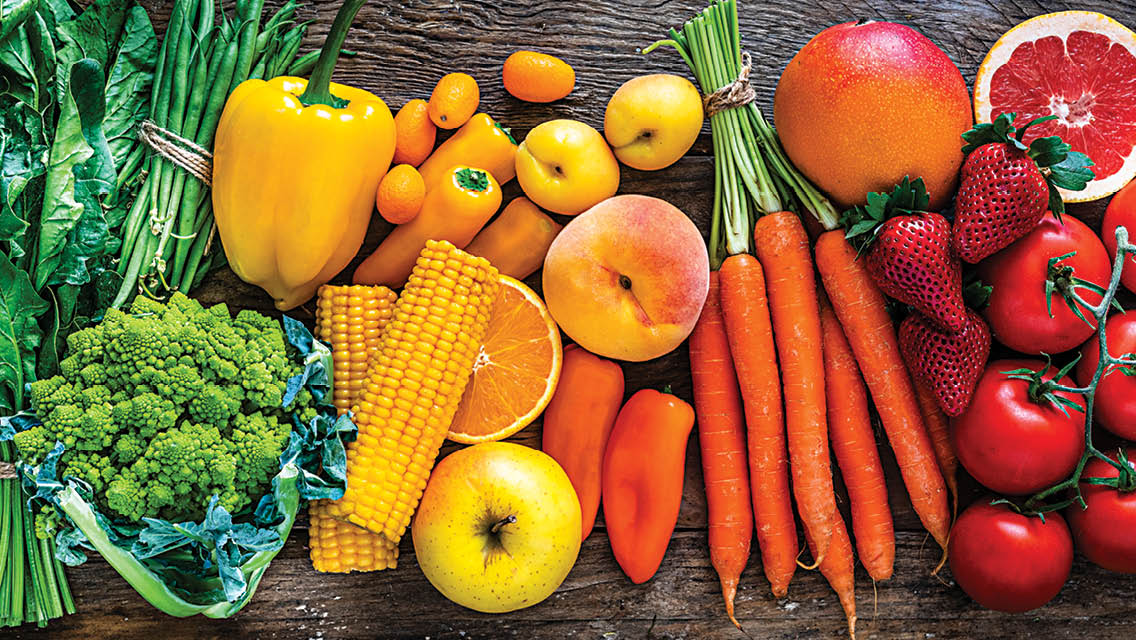
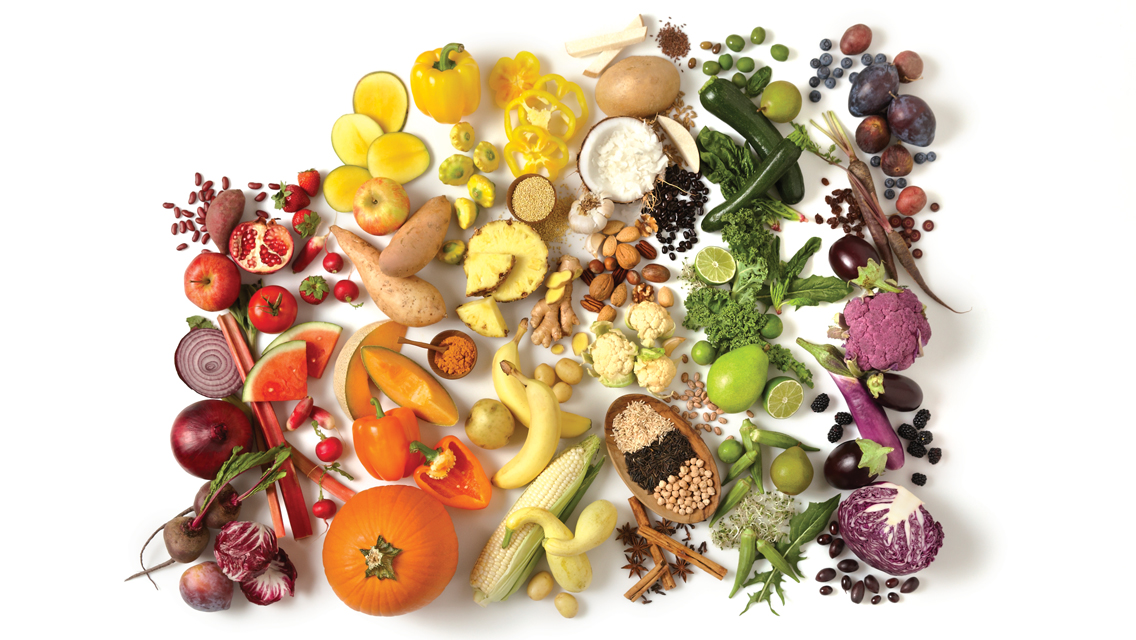
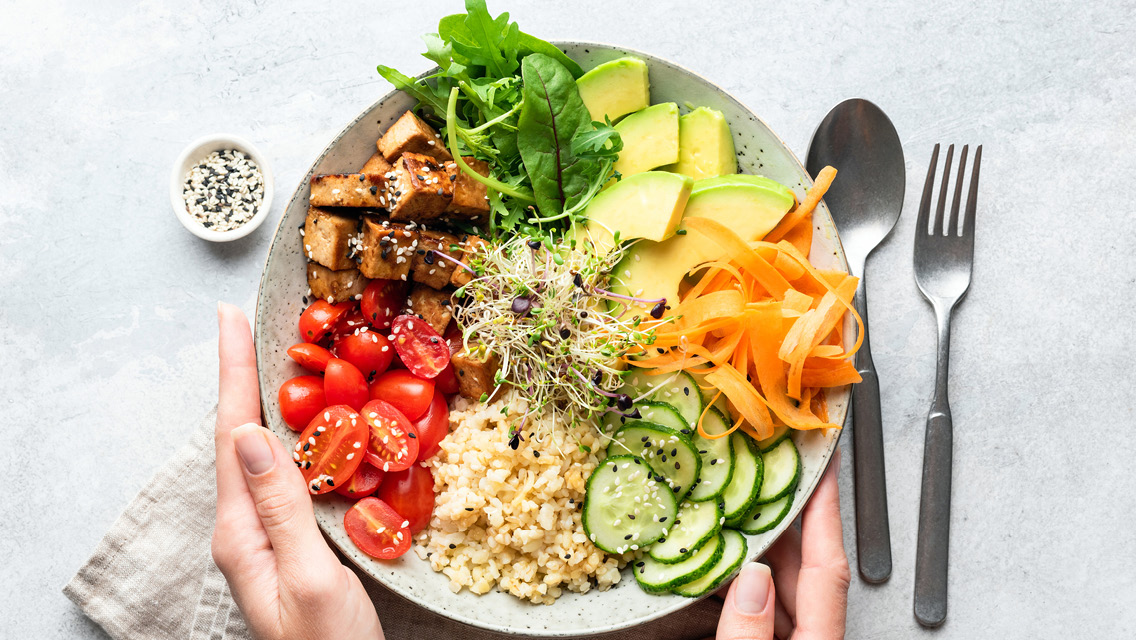


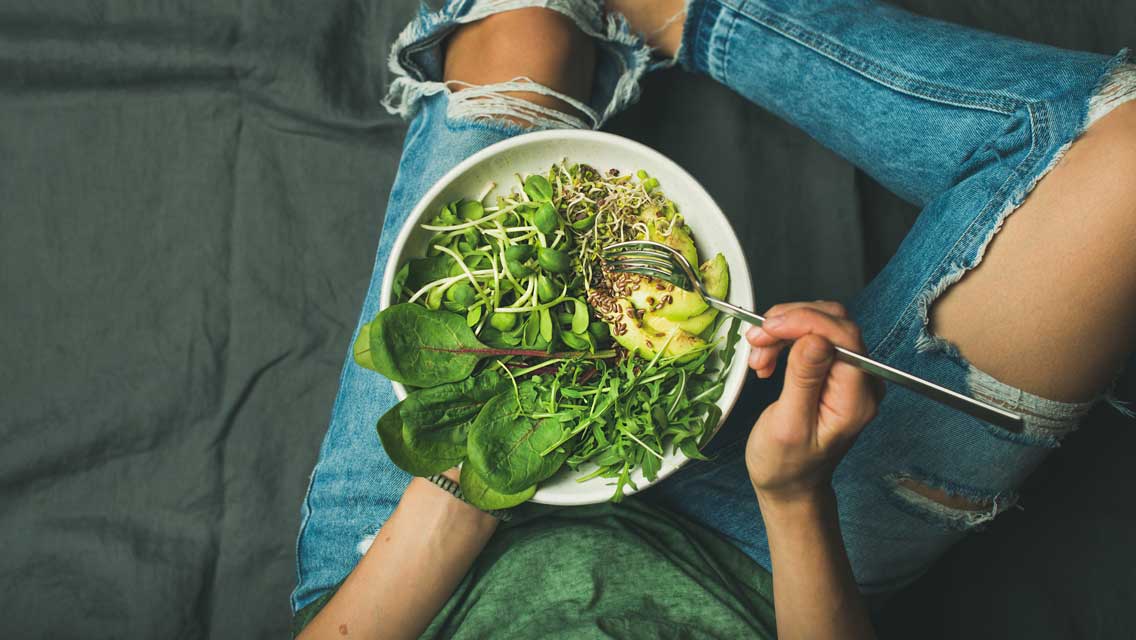
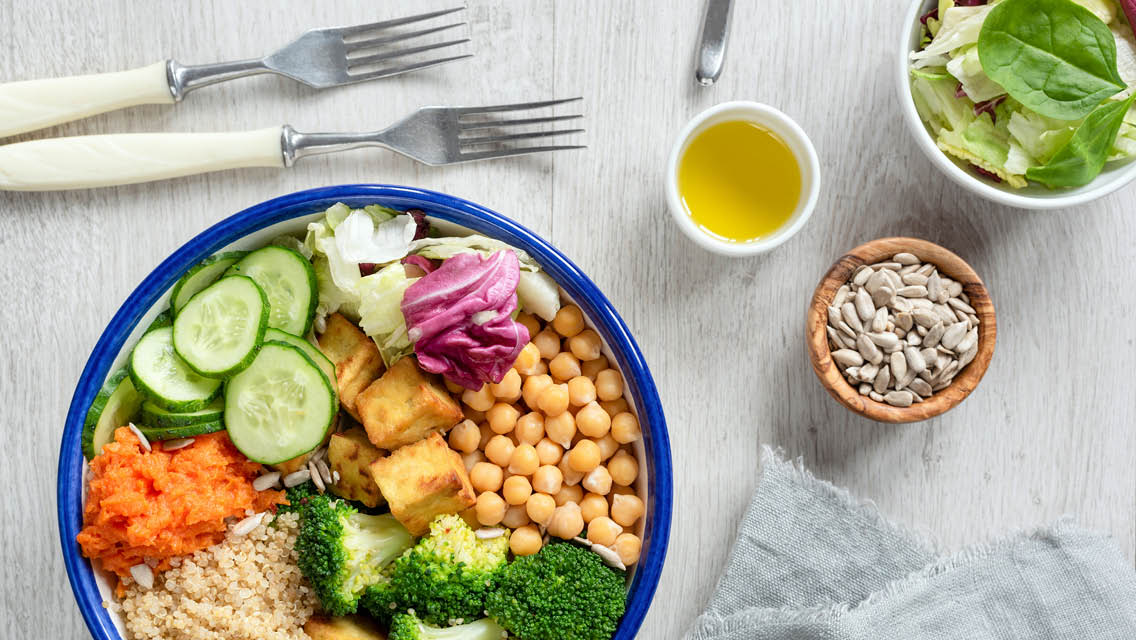

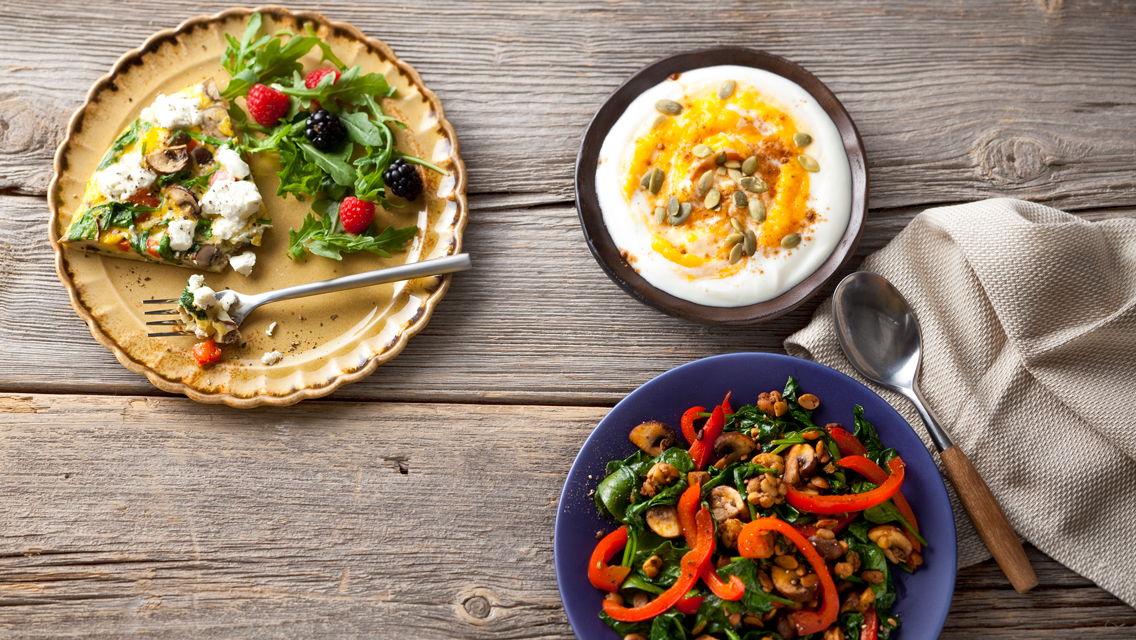





This Post Has 0 Comments